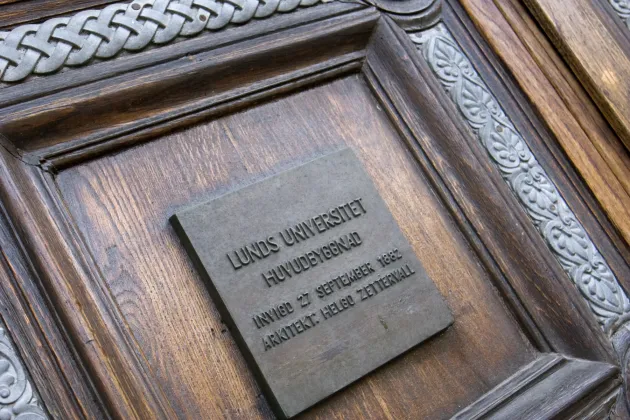The test measurements show odour from wood preservative, damp and microbial growth in the form of algae, mould fungi and bacteria. The Occupational Health Service’s overall recommendation is that the building should not be used before the renovation has been completed. If the Main University Building cannot be closed completely, visits to the building are to be limited as much as possible and special measures are to be taken to minimise health risks.
University Director Susanne Kristensson has therefore decided that there are to be no activities in the Main University Building from 2026 onwards and that there is to be a gradual cancellation of events booked for 2025. A further reason for the closure is that the National Property Board needs to carry out several tests that can only be done when the building is closed.
“The precautionary principle applies now,” says Susanne Kristensson. “Those organisational units that have booked events in the Main University Building during the rest of the year have been contacted as have the organisational units within the University that have staff in the building in connection with the events.”
There is a low risk of acute effects on health for those making brief visits to the building, but sensitive individuals may have reactions and should therefore not be in the building for more than eight hours. Symptoms that may arise are eye irritation, irritation of the airways resulting in a cough or worsened asthma, tiredness and headache. Sensitive individuals are children, expectant mothers, allergy sufferers, asthmatics or those with another condition affecting the airways.
Related information: Main University Building renovation delayed – dialogue ongoing


